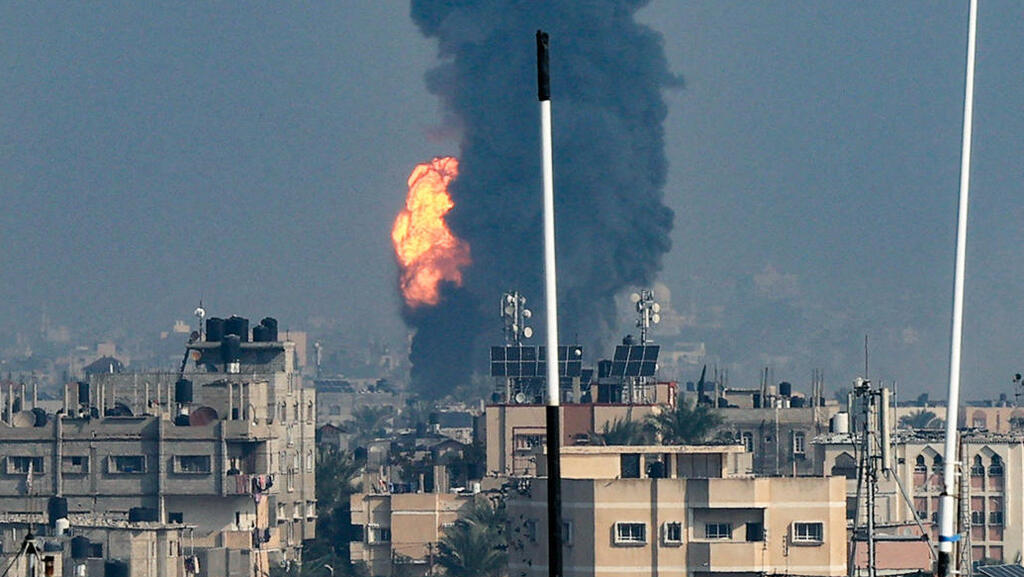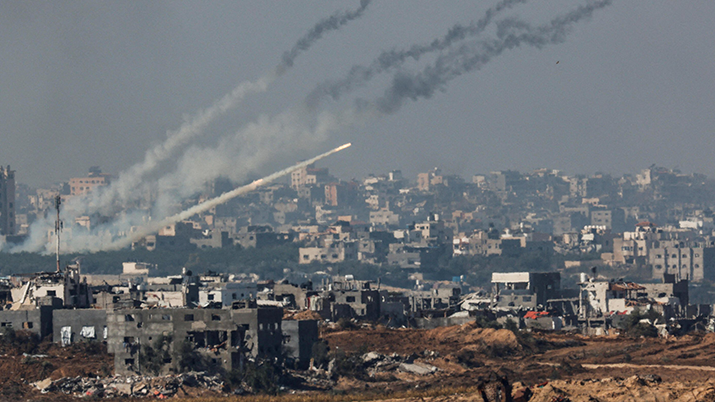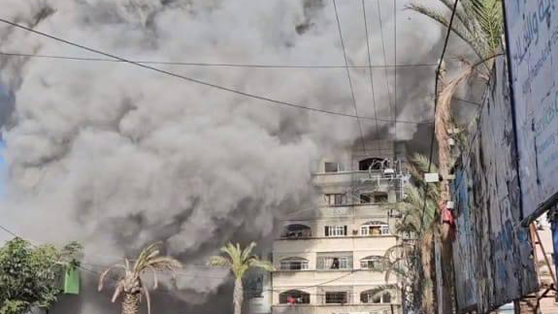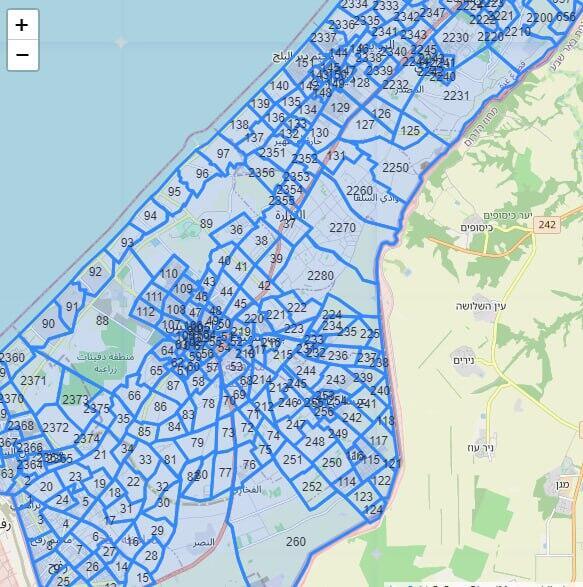Getting your Trinity Audio player ready...
The government decided to continue its offensive until such time as a release of all hostages held in Gaza can be negotiated. It became clear on Thursday that the Gaza ruling terror group was struggling to find Israelis hostages held by other groups and families, who consider them private assets.
More stories:
Some demand too much from Hamas for the hostages to be handed over while others are simply out of contact, although the hostages were abducted by Hamas forces and distributed around the Strip to prevent an Israeli operation to free them.
Israeli officials believe some of the captives were still being held in the northern parts of Gaza but most, who were either soldier or of military reserve duty age, were in the center and south of the Strip. Bodies abducted were also being held there.
The fighting that resumed early on Friday came after Hamas leader Yahya Sinwar went to great lengths to extend the humanitarian truce, because it serves his strategic goal of freeing thousands of Palestinian prisoners from Israeli jails as well as remaining in power.
Sinwar and others in the Hamas leadership therefore, have been surrounding themselves by the hostages who serve as human shields as well as bargaining chips. Rather than admit he has failed as a leader to gather all of those taken from Israel during the October 7 massacre, he launched rockets at Israeli communities, in a childish, bordering on primitive gesture, to proclaim he is the one calling the shots in the war.
By doing so, Sinwar did a service to Israel's international standing after it has become evident that the government was left no choice but to resume the fighting and was not responsible for the failure of the truce.
The security cabinet and the war cabinet decided that the fighting would last for a prolonged period in order to bring about more hostage releases. They decided that the IDF would continue its offensive until such as time as a release of all hostages would be possible.
But to reach that point, Hamas must suffer significant losses and experience real distress and its military capabilities must also be diminished if not destroyed. That was not the reality on the ground at this point in the war.
Israel's attention to U.S. demands to avoid civilian casualties, is evident. The IDF posted a map of Gaza divided into sections to guide residents to safety from strikes while preventing large numbers from congregating in any one area.
This constitutes a real change to earlier policies and is in line with the decision to reach the stated objectives of the war even under pressure from the U.S. and the international community that may demand an end to the fighting if a mass casualty event occurs.






